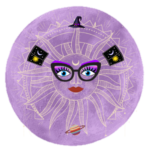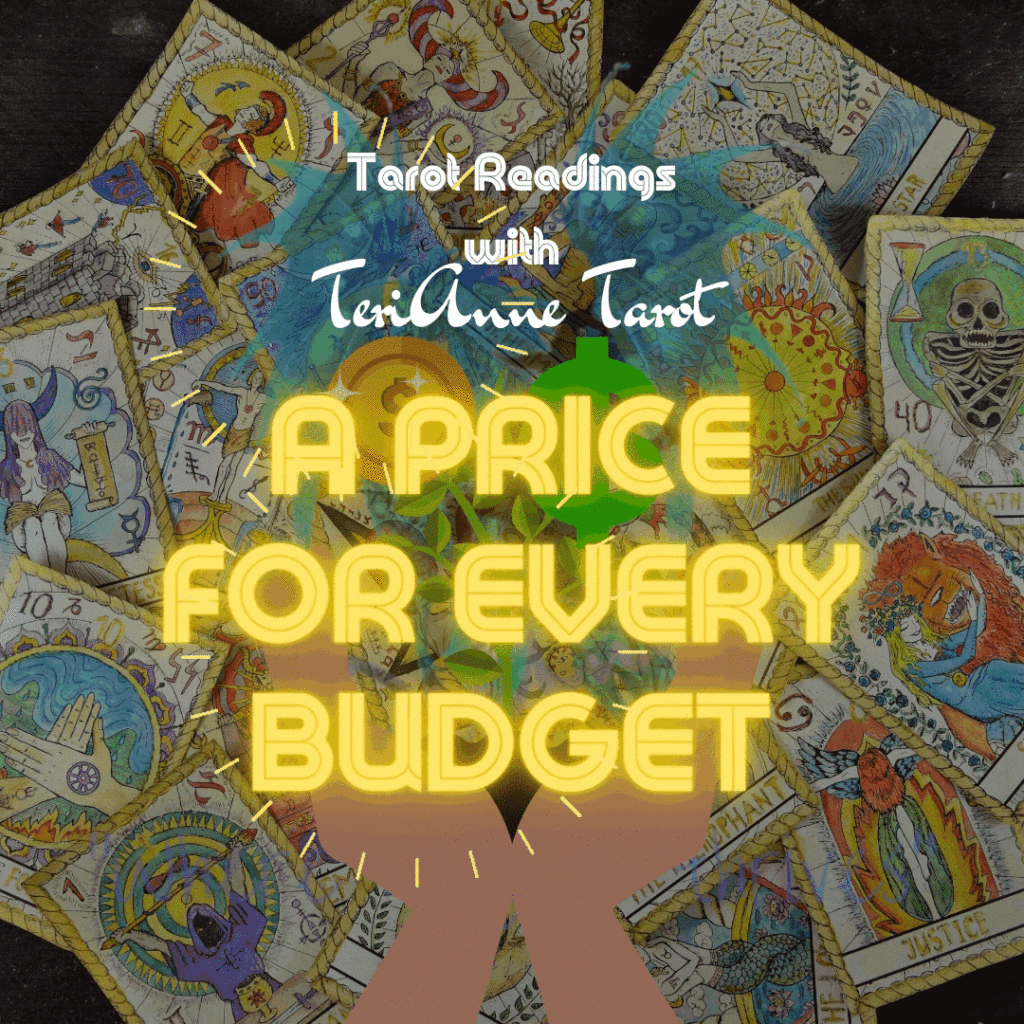Who is Hekate? Hekate (also spelled ‘Hecate’) is the Greek Goddess associated with magick, witchcraft, the night, the moon, ghosts,...
Who is Hekate?
Hekate (also spelled ‘Hecate’) is the Greek Goddess associated with magick, witchcraft, the night, the moon, ghosts, necromancy, the underworld, and childbirth.
She was the only child of the Titanes Perses and Asteria from whom she received her power over heaven, earth, and sea. The conjunction of past, present, and future, as well as the Moon, Earth, and Underworld. She is the goddess of the three paths (Triple Goddess), goddess of the crossroads, both physical and spiritual.
Hekate assisted Demeter in her search for Persephone, guiding her through the night with flaming torches.
Hekate is considered by many as the protectress of the oppressed, the marginalized, and witches. As the Goddess of the in-between, the liminal spaces, the boundaries, and the transitional times of life including birth and death, she carries a torch for illumination. This illumination is not just of the dark, but of our personal pathways, especially our shadow side, guiding us through our choices at the crossroads and the path we eventually choose.
Hekate’s time is that of the Dark Moon, the time of release and renewal.
She is also honored on the 30th of each month, at the Dark Moon, and on the Night of Hekate which begins each year at sunset on November 16th and continues until sunset the next day.
Goddess of the Underworld
Thanks to her association with boundaries and the liminal spaces between worlds, Hekate is also recognized as a chthonic (Underworld) goddess. As the holder of the keys that can unlock the gates between realms, she can unlock the gates of death and is said to be the holder of the keys to Tartaros.
Hekate takes on the role of guardian not just of roads, but of all journeys, including the journey to the afterlife. In art and myth, she is shown guiding Persephone back from the Underworld with her torches.
Goddess of Witchcraft
By the 1st century CE, Hekate’s chthonic and nocturnal character had led to her transformation into a goddess heavily associated with witchcraft, witches, magick, and sorcery.
Goddess of the Moon
Hekate was seen as a triple deity associated with the goddesses Luna (moon) in the sky and Diana (the huntress) on the earth, while she represents the Underworld.
In Italy, the triple unity of the lunar goddesses Diana, Luna, and Hekate became a universal feature in depictions of sacred groves, where Hekate/Trivia marked intersections and crossroads along with other liminal deities. The Romans celebrated the multiple identities of Diana as Hekate, Luna and Trivia.
Correspondences
Workings
Dark moon magick, Necromancy, Protection, Crossroads magick, Shadow work
Stones
Jet, Onyx, Obsidian, Black tourmaline, Red jasper
Plants and herbs
A number of plants are associated with Hekate. These include yew, cypress ( a tree symbolic of death and the Underworld), hazel, black poplar (the leaves of the black poplar are dark on one side and light on the other, symbolizing the boundary between the worlds), garlic, comfrey, wolfbane, hemlock, sandalwood, frankincense, patchouli, almonds, lavender, myrrh, mugwort, cardamon, mint, dandelion, hellebore, willow, rue, hyssop, marjoram, fennel, thyme, rosemary, sage, wormwood, dill, and lesser celandine. Several poisons and hallucinogens are linked to Hekate, including aconite, belladonna, dittany, and mandrake. Several poisons and hallucinogens are linked to Hekate, including belladonna, hemlock, mandrake, aconite, and opium poppy.
The yew in particular was sacred to Hekate and has strong associations with the Underworld, death, and rebirth. Her attendants draped wreathes of yew around the necks of black bulls which they slaughtered in her honor and yew boughs were burned on funeral pyres.
A poison prepared from the seeds of the yew was used on arrows, and yew wood was commonly used to make bows and dagger hilts. The potion in Hekate’s cauldron contains ‘slips of yew’. Yew berries carry Hekate’s power and can bring wisdom or death. The seeds are highly poisonous, but the fleshy, coral-colored ‘berry’ surrounding it is not. If prepared correctly, the berry can cause visual hallucinations.
It’s said the use of dogs for digging up mandrake is further proof of the association of this plant with Hekate. Since as early as the 1st century CE, there are a number of testimonies to the seemingly widespread practice of using dogs to dig up plants associated with magick.
Animals
The dog is the animal most commonly associated with Hekate. She is often represented as dog-shaped or accompanied by a dog and was sometimes called the ‘Black she dog’. Black dogs were once sacrificed to her in purification rituals. In Greek and Roman literature, the first sign of her approach was heralded by the sound of howling dogs.
Like Hekate, the dog is a creature of the threshold, the guardian of doors and portals, and so it is aptly linked with the frontier between life and death, and with demons and ghosts which move across the frontier. The yawning gates of Hades were guarded by the monstrous watchdog Cerberus, whose function was to prevent the living from entering the Underworld, and the dead from leaving it.
Creatures of darkness, such as ravens, owls, snakes, and dragons are also sacred to her. Several images of Hekate show her holding a snake. Snakes have long been connected with chthonic powers and the uncommon wisdom of the Other world.
The frog, significantly a creature that can cross between two elements, is also sacred to Hekate and the Egyptian goddess Hekat. A triple goddess, she sometimes appears three headed as dog, horse and bear or dog, snake and lion.
Ways you can honor Hekate
Here are a few things you can do to honor Hekate in your own magickal practice:
- Adopt a dog or volunteer at a shelter, since dogs are sacred to Hekate.
- Take care of a deserted & neglected place that has been abandoned by everyone else.
- Walk along a dark road at night, offering prayers to Hekate, to see if she will make her presence known.
Be magickal, y’all!


